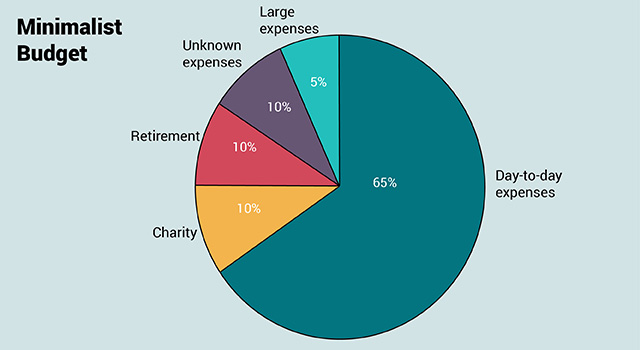 “Budgeting” sounds like a bad word to many people, especially people who know that examining their spending a little more closely would reveal habits they might not want to acknowledge.
“Budgeting” sounds like a bad word to many people, especially people who know that examining their spending a little more closely would reveal habits they might not want to acknowledge.
Budgeting can be notoriously difficult, even if you are trying to keep track of where your money is going because the first question is always “are you budgeting from your gross income (before taxes) or net income (after taxes)?”
If you’re starting with your gross income, I’d look at the percentage being saved in the 401(k) first (if your company offers a match, put away enough to get this match). The maximum employee contribution for a 401(k) is $18,000 in 2016, so make sure you don’t exceed this limit (this doesn’t include your employer’s contribution; the limit for employer + employee contributions is $53,000). You may also have your health insurance premium deducted from your paycheck if your company offers health insurance through them, so you may not need to include that in your post-tax budgeting.
Once you are comfortable with how your pre-tax and payroll deduction saving is happening, you can focus on the budget of the net income, which is what most people focus on day-to-day. If you want to be really minimalist about your budgeting, here’s what we suggest: the 65-25-10 rule.
- Spend 65% on your day-to-day living,
- Save 25% for retirement and large expenses, including unknown emergencies
- Give 10% away to charity/ your favorite causes
We have sample budgets that break these percentages down even further, but when you’re looking at the big picture, sometimes it’s helpful to just have a few numbers in mind. If you want to separate the additional retirement saving, the numbers become 65-15-10-10 (65% day-to-day, 15% large purchases/emergency expenses, 10% retirement, 10% charity).

The day-to-day expenses are really where the hard decisions are made. If you automate the saving pieces and set them aside somewhere, you won’t be tempted to spend what you intend to save on impulse buys or eating out because you won’t have the money in your checking account.
If you’re just learning to budget or trying to get a handle on what you’re actually spending, try a cash-only method or severely limit what you use your credit card for. If you use a credit card, manually entering and categorizing each purchase will make you very aware of what you’re spending.
Just as you log your food or enter calories you consume when you’re trying to lose weight, entering every dollar spent in a spreadsheet or other tracking method will help you become aware of your spending, which is the first step toward financial success.
Once you have a handle on your spending, you might upgrade to a program or application that downloads bank and credit card information so you don’t have to enter it by hand, but set aside a time to look over your weekly spending to see how you’re balancing your budget categories. Overspending in one category isn’t a disaster if you under-spend in another.
Taking control of your financial life by budgeting requires work, but ultimately helps you save for and spend on what’s important to you.
Photo used under Creative Commons Zero license.